For the first two decades of the 21st century, consumer products in the U.S. became increasingly affordable due to a surge in imports from China and other emerging economies. This influx led to lower prices on a wide range of goods, from video games to home appliances, but at the cost of shuttering American factories and displacing over a million workers. Discount retailers like Walmart and online giants like Amazon capitalized on this trend, but voter backlash emerged due to job losses and stagnant wages, culminating in the election of presidents in 2016 and 2020 who pledged to tackle trade imbalances with China.
Former President Donald J. Trump and President Joe Biden have both sought to bolster American manufacturing by imposing tariffs on Chinese goods. These tariffs target legacy industries weakened over the past 25 years and newer sectors struggling against global competition, such as solar panels. Biden's recent decision to escalate these tariffs, including a 100% tax on Chinese electric vehicles, signals the end of an era that prioritized low-cost imports over domestic manufacturing jobs.
Historically, Democrats and Republicans alike supported economic engagement with China, believing that outsourcing production would benefit the U.S. economy by providing consumers with inexpensive goods and allowing companies to focus on higher-value industries. However, both parties are now distancing themselves from this approach, criticizing China's labor practices, intellectual property theft, and subsidies for overproduction.
The future of U.S. trade policy remains uncertain, as both Biden and Trump present different visions for America's economic relationship with China. Trump advocates for a dramatic reduction in trade, proposing to revoke China’s "most favored nation" status and impose new tariffs on all imports. He argues that such measures would boost manufacturing jobs, despite studies showing that consumers would bear the costs.
In contrast, Biden favors a more strategic approach, protecting specific industries like clean energy and semiconductors with tariffs and substantial government subsidies. His policies, including those under the Inflation Reduction Act, aim to foster innovation and ensure that the benefits of domestic manufacturing are not undermined by cheap Chinese imports.
Economists warn that these protectionist measures could slow economic growth by raising prices for American consumers and businesses. Critics argue that focusing on domestic production could divert funds from more innovative sectors. For instance, Columbia University economist R. Glenn Hubbard suggests that excessive spending on protectionist policies might hinder productivity and innovation.
Some Democrats, such as Senator Sherrod Brown, advocate for even stricter measures, including banning Chinese electric vehicles outright. Jennifer Harris, a former Biden aide, supports coupling industrial policy with stringent rules to ensure that government funds are used effectively. She emphasizes the need for mandates on domestic production and investment in research and development.
However, the political landscape complicates these policy decisions. Voters are currently frustrated by inflation, which affects their tolerance for higher prices resulting from tariffs. Both Biden and Trump risk losing support if their trade policies lead to further price increases. Current and former Biden aides hope that his economic strategy will prove successful if he wins a second term, while persistently higher prices could also impact Trump's approval if he returns to the White House.
Ultimately, the future of U.S.-China trade policy remains in flux. Some experts, like Hubbard, advocate for a return to traditional trade policies that enforce global rules and invest in national innovation while supporting displaced workers. Others, like David Autor of MIT, acknowledge the need for industrial policy but caution against supporting sectors where China has a significant cost advantage, such as solar cells. Autor's research suggests that while Trump's tariffs did not significantly restore manufacturing jobs, they did seem to garner political support.
As America navigates this complex trade landscape, the challenge will be to balance protectionist policies with the need for innovation and economic growth, while addressing voter concerns about inflation and job security.



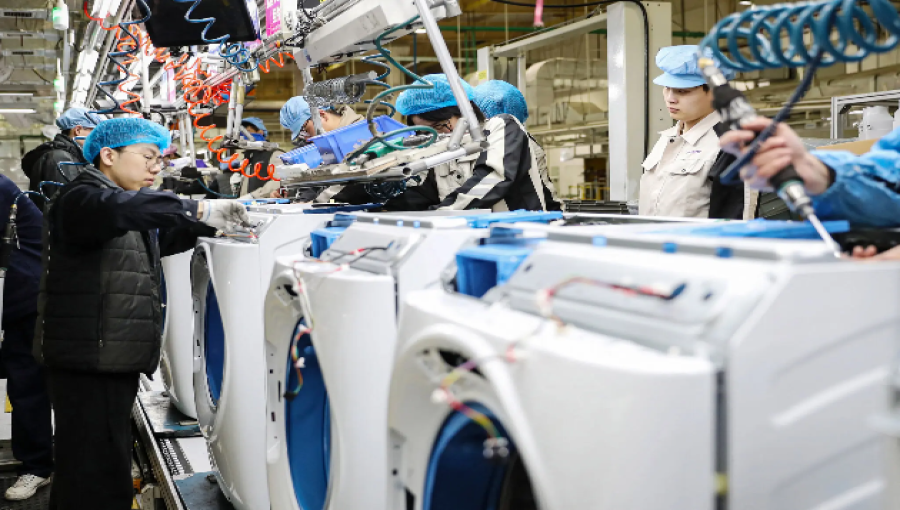
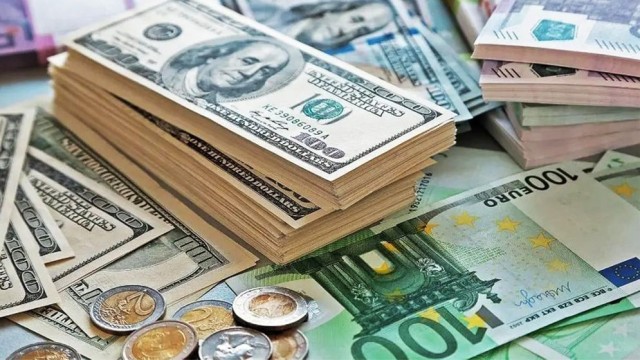


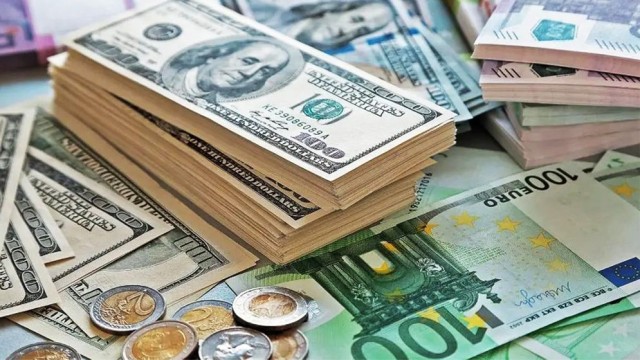






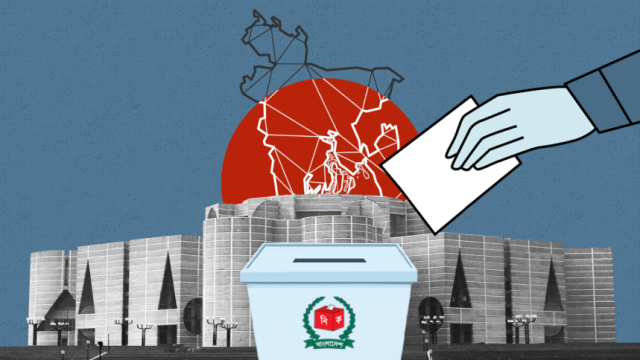

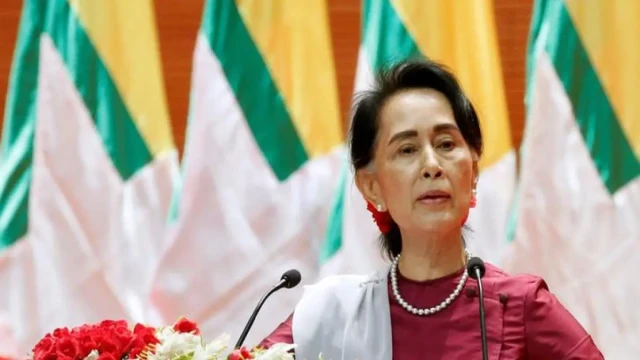






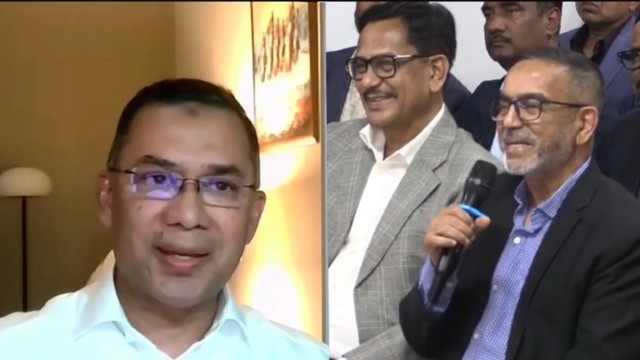







Comment: